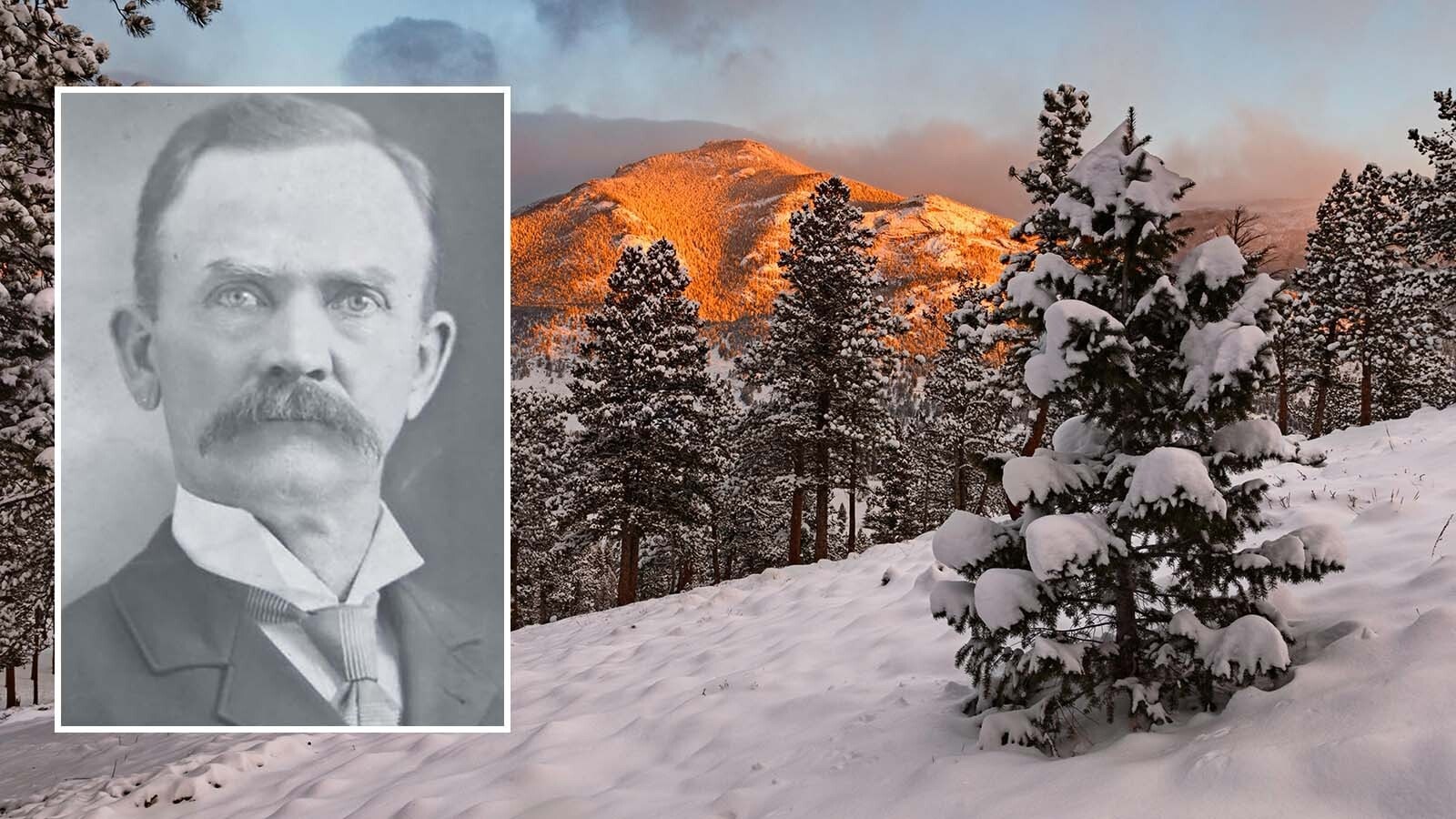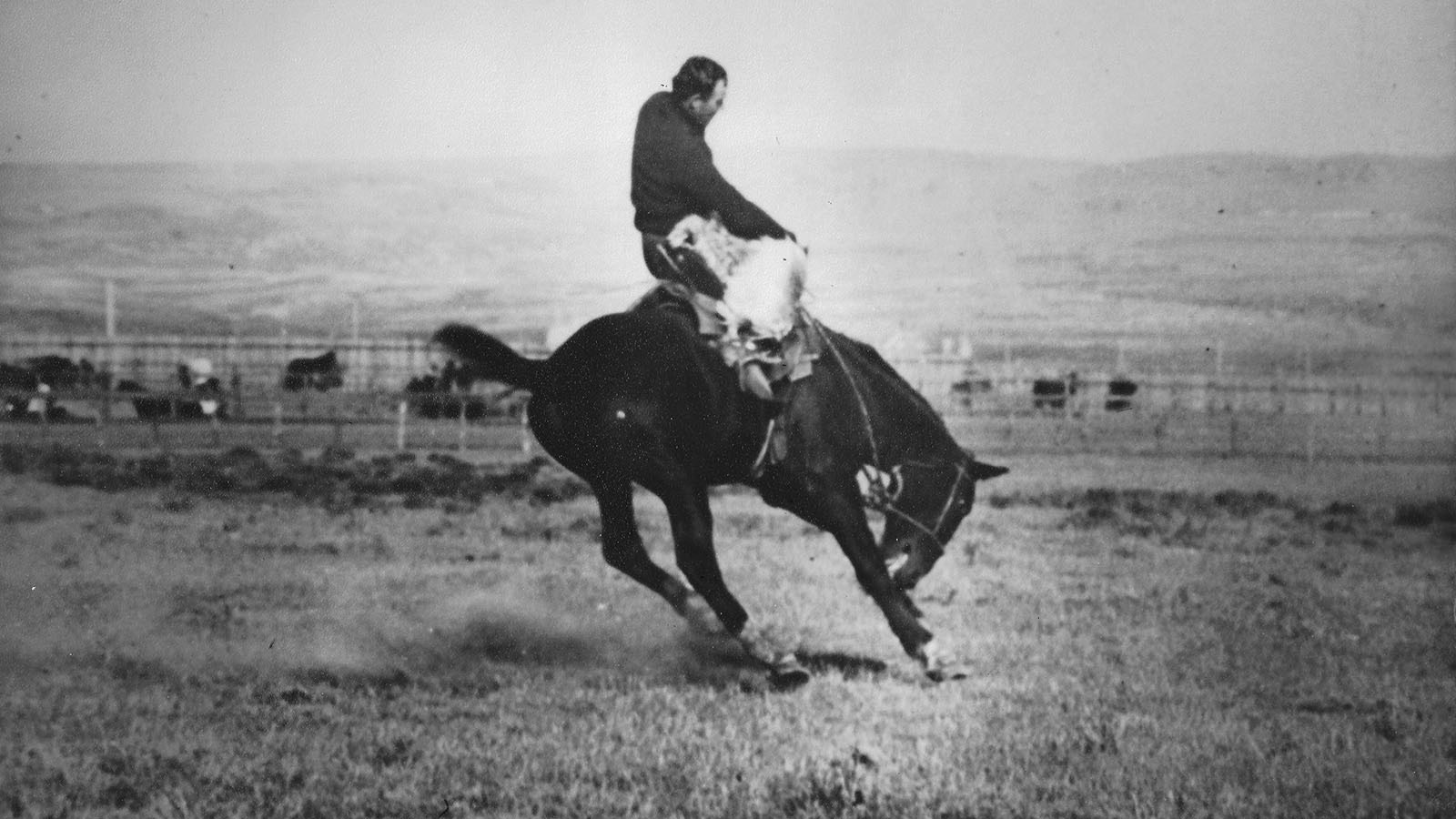Residents of Indianola, Texas, had looked forward for almost two weeks to this the date of May 14, 1856. They had heard rumors that a ship was floating just a few miles out in the Gulf of Mexico, waiting for the sea to calm so she could dock at one of the long wharves that jutted into Matagorda Bay.
Indianola ranked among the best seaports in the Lone Star State, and the town’s citizens were accustomed to seeing ships from many countries across the world come and go. But today would be unique. Today, the incoming ship carried a cargo few Texans had ever seen: camels!
All morning, curious spectators gathered at the docks and strained to spot the naval vessel on the far horizon. The news was that the Supply—the ship that had carried the animals across the Atlantic Ocean from the Middle East—was going to bring the camels into port.
Then the harbormaster received word that because of bad weather in the Gulf, the Supply had rendezvoused with another ship, the Fashion, off the coast of Louisiana and had transferred the camels to it. Finally, just before noon, the Fashion put into port at Indianola.
Almost the entire population of the town watched in amazement as the sailors aboard the Fashion dropped a gangplank and started leading the camels down the incline to the dock.
Back On Land, They Go Berserk
According to Major Henry C. Wayne, the officer in charge of the strange shipment, once the animals’ feet hit dry ground, they “became excited to an almost uncontrollable degree, rearing, kicking, crying out, breaking halters, tearing up pickets and by other fantastic tricks demonstrating their enjoyment of the ‘Liberty of the soil.’”
A long trip over the Mediterranean Sea, through the Strait of Gibraltar, and across the Atlantic Ocean had been relatively uneventful considering the fragile cargo that the Supply had transported.
United States Navy Lieutenant David D. Porter, who later gained fame in the Civil War as a Union admiral, had been responsible for acquiring the camels in the Middle East, and one of the first chores he performed upon returning home was to notify U.S. Secretary of War Jefferson Davis of his success.
He wrote: “We have lost on the voyage but one of those we purchased and she died from no want of care, but because she was not able to produce her young one. We still have more than we started with, some young ones having been born on the passage, and are in fine condition. All the other camels I am happy to say have not received a scratch. They are looking a little shabby just now, most of them shedding their hair, but they are fat and in good health.”
Jefferson Davis Earmarks $30,000
A year earlier, Congress, at Davis’s urging, had authorized “the importation of camels and dromedaries to be used for military purposes” and had earmarked $30,000 for the experiment.
Davis, a veteran of the war with Mexico, had seen considerable service in the desert Southwest. Keenly aware of the role that camels had played over the centuries in the warfare of other nations, he believed that the strange beasts could be put to good use in the United States as well.
After considerable planning, Major Wayne and Lieutenant Porter departed for North Africa, where they were met by a third American, Gwinn Harris Heap, whose father had been the consul to Tunis for a number of years. The threesome visited several cities along the Mediterranean coast and acquired thirty-three camels before departing for home in February 1856.
Indianola was ready for the camels. Ten acres of land had been set aside and upon it, a two-hundred-foot-long shed had been built to house them. Major Wayne decided first to acclimate the animals to the intense humidity of the Gulf Coast by letting them rest awhile in a large corral.
Three weeks later, the major assembled the animals for a 140-mile journey to San Antonio, the first leg of a trip that would eventually take them to El Paso, Albuquerque, and across the arid Southwest all the way to Fort Tejon, California.
Carrying More Than A Mule
To the amazement of all concerned, the camels performed extremely well. Capable of carrying loads of up to 1,200 pounds—larger than a horse or mule could carry—the beasts of burden lumbered along at a slow but steady pace across the trackless desert.
In an effort to establish a breeding program for the camels, Wayne, who had gone on to a desk job in Washington, D.C., wrote to Quartermaster General Thomas J. Jesup: “I have never entertained the idea, that the benefits to be derived from the introduction of the animal among us could be so extensively realized in our day.”
He added, “I regard it more in the light of a legacy to posterity of precisely the same character as the introduction of the horse and other domestic animals by the early settlers of America have been to us.”
Following several more years of experimentation and attempted use of camels in the Southwest, the program ultimately failed. With the advent of the Civil War, many personnel at Union garrisons in the region were reassigned to duty back East, leaving the care and maintenance of the animals unsustainable.
Matters more important than the formulation and management of a camel corps soon occupied the minds of Union commanders. Eventually, some of the critters were released to fend for themselves in the wild, while others were kept in captivity.
The last known survivor died in a Los Angeles zoo in 1934, but for years, one could hear tales of lone camels being spotted in remote corners of the Southwest.
James A. Crutchfield can be reached at TNcrutch@aol.com





